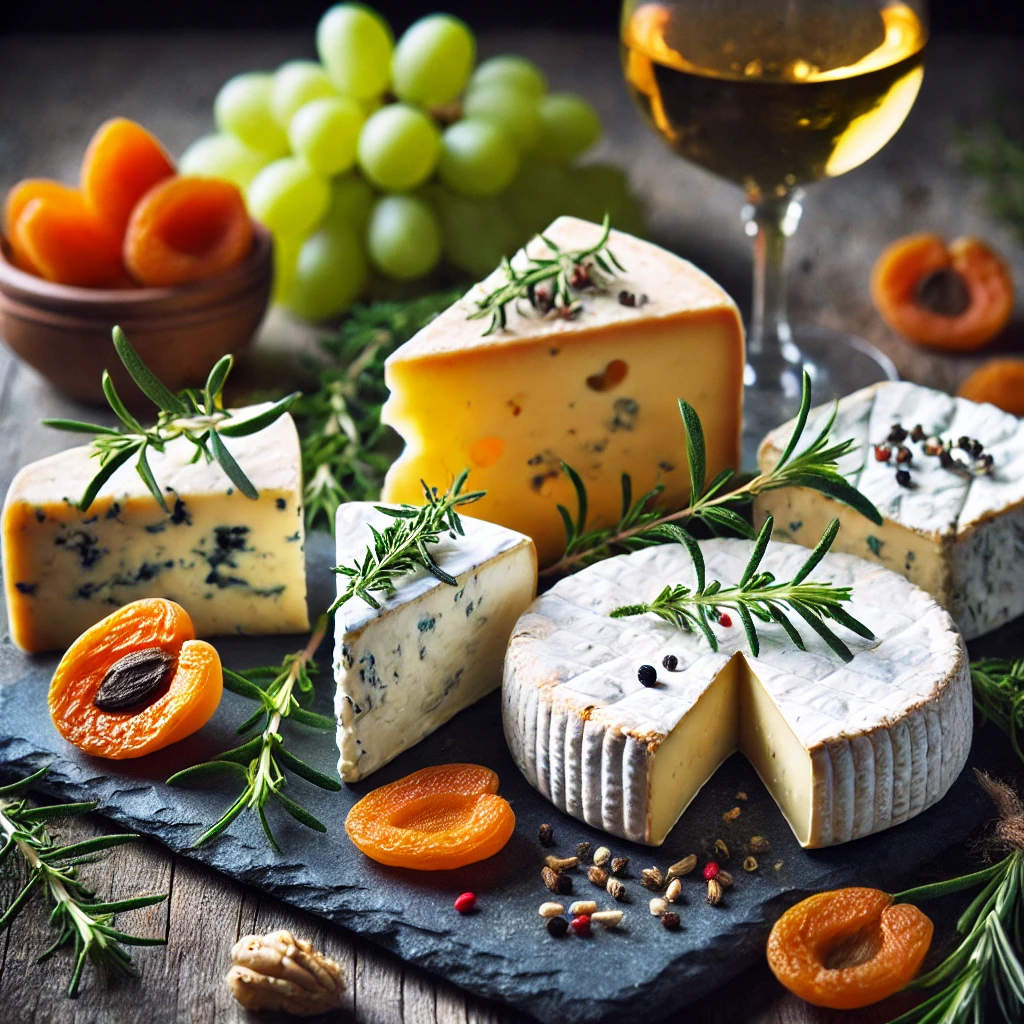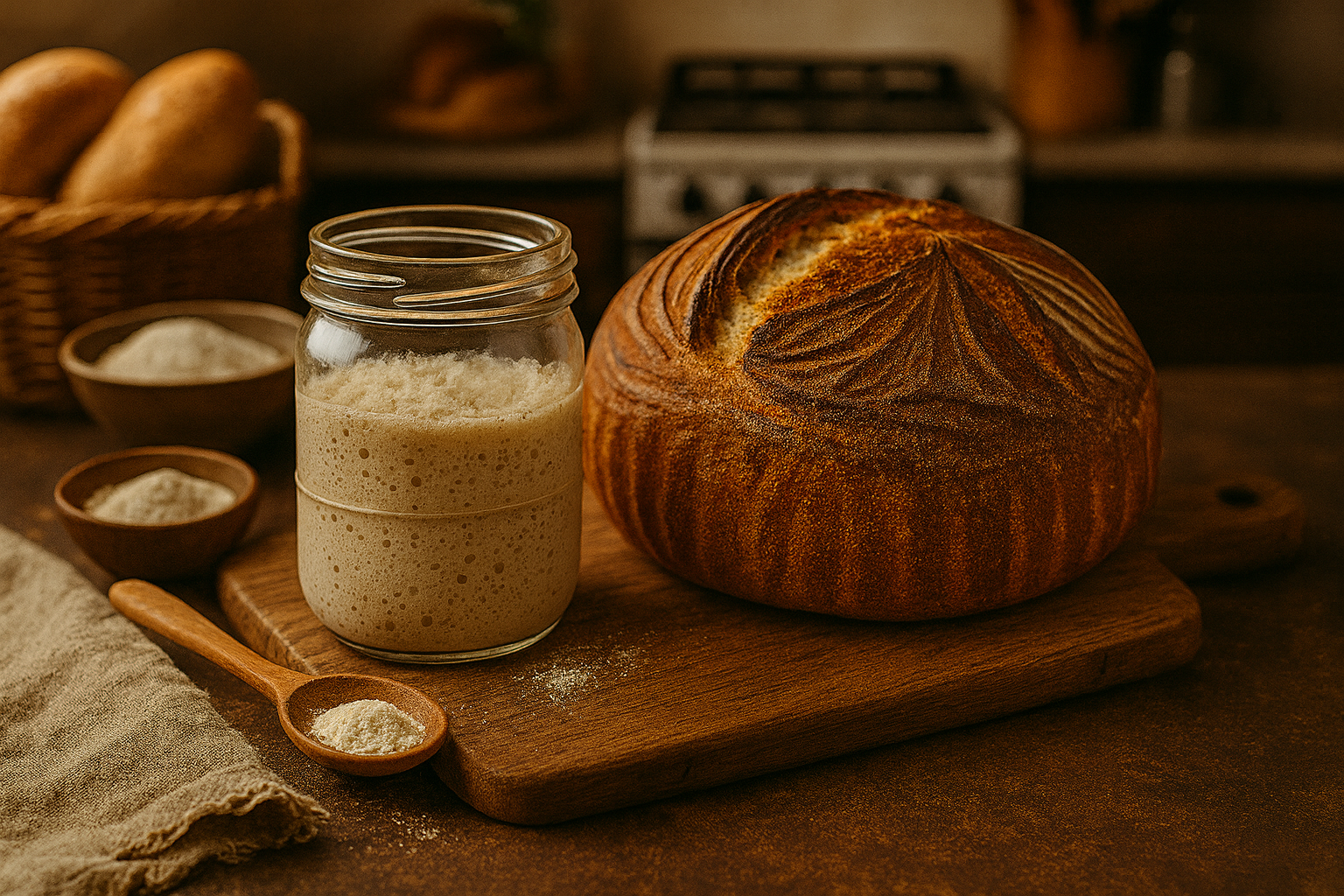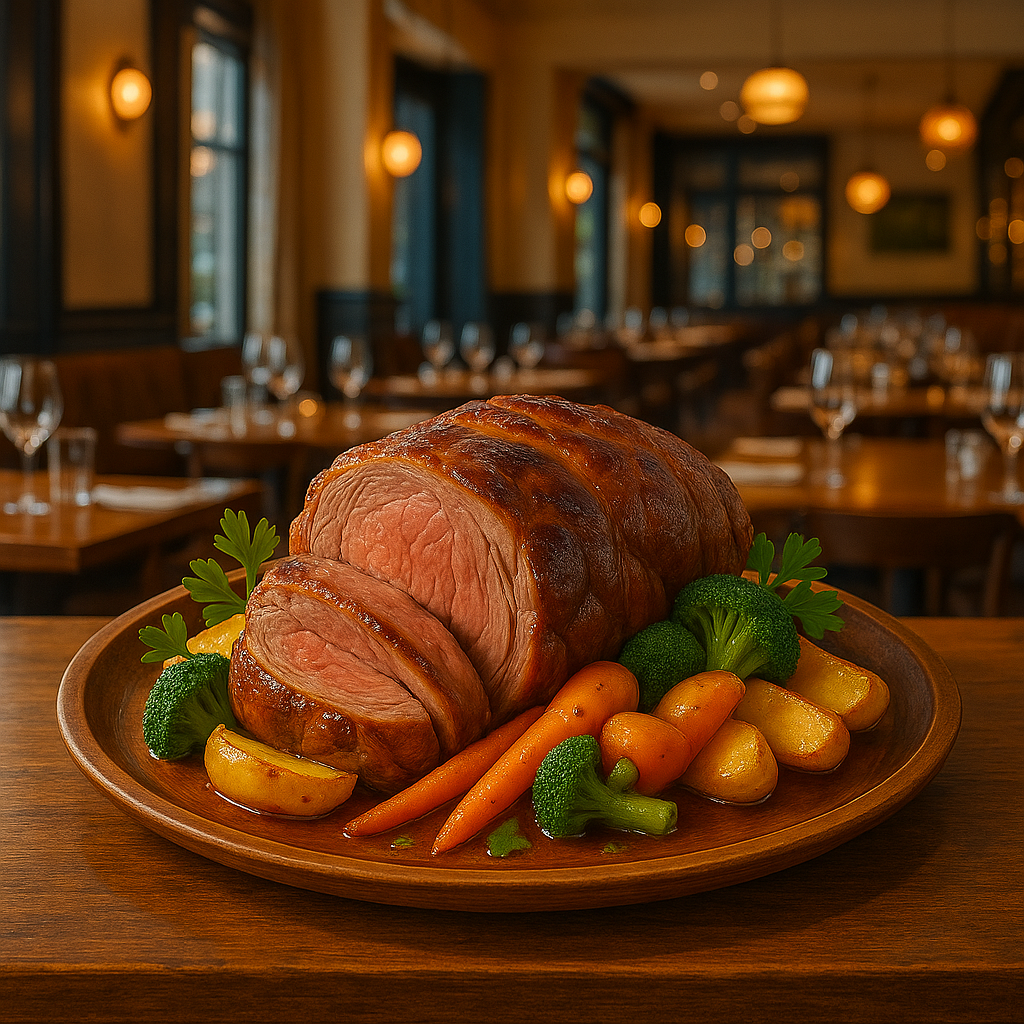Table of Contents
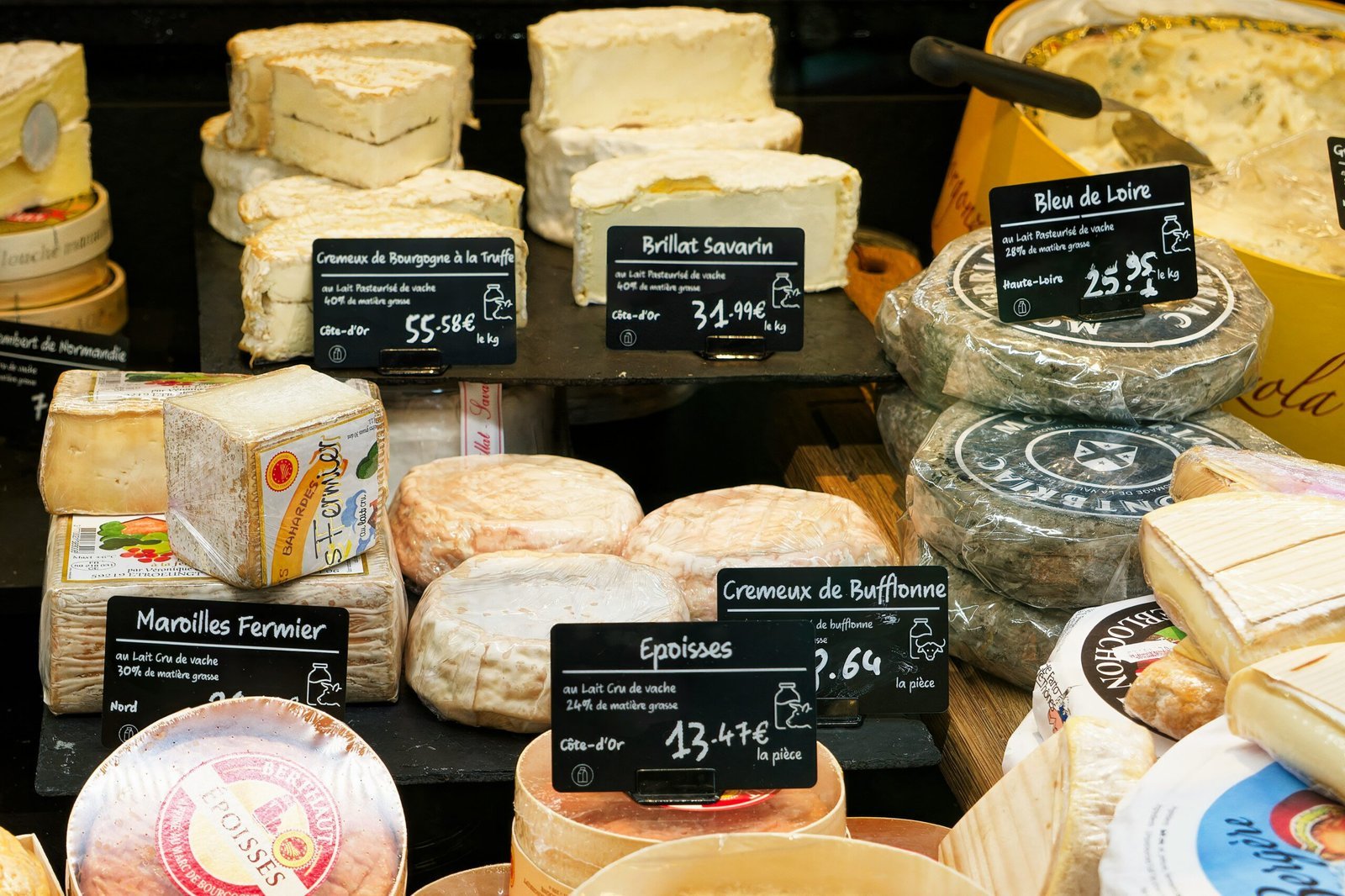
Introduction to French Cheese
French cheese, renowned worldwide, is a cornerstone of both French culture and cuisine. Dating back thousands of years, cheese-making in France is not merely a culinary practice but an art form deeply woven into the nation’s heritage. The historical significance of cheese in French society is profound, providing sustenance, wealth, and even trade leverage for generations. The spectrum of French cheese is vast and varied, with France boasting over 1,500 distinct types of cheese, showcasing its unparalleled diversity.
The role of cheese in French cuisine cannot be overstated. A traditional French meal often culminates in a cheese course, celebrating the regional and seasonal characteristics of different cheeses. This cultural significance elevates cheese from a mere food item to a symbol of French identity. The French take their cheese seriously, evidenced by the strict regulations surrounding cheese production. For instance, the Appellation d’Origine Contrôlée (AOC) system ensures that many French cheeses are produced in designated regions, using traditional methods that preserve their unique qualities.
France is often regarded as a global leader in cheese production, and for good reason. The geographical diversity of France—from the fertile plains of Normandy to the rugged mountains of the Alps—provides varied environments that contribute to a wide range of flavors and textures in French cheese. This geographical influence, coupled with centuries of refined cheese-making techniques, positions France as a pinnacle of cheese innovation and excellence.
Statistics highlight the impressive breadth of French cheese: there are over 1,500 different varieties, classified under categories such as soft, hard, blue, and processed. These cheeses hail from specific regions, each with its own local specialties. From the nutty, smooth taste of Comté from the Jura mountains to the creamy, buttery brie from Île-de-France, each variety offers a glimpse into the rich agricultural and cultural tapestry of its origin.
As we delve deeper into the world of French cheese, we will uncover the stories, flavors, and traditions that make French cheese an unparalleled culinary experience. The journey through France’s diverse cheese offerings is not just about enjoying the food but also about appreciating the history and passion behind every bite.
The Basics: Types of Milk Used in French Cheese
French cheese represents a remarkable diversity that is largely influenced by the types of milk utilized in its production. The three primary milks—cow’s milk, goat’s milk, and sheep’s milk—each bring unique characteristics to the table.
Cow’s milk is perhaps the most prevalent among French cheeses. It’s known for its creamy texture and rich, buttery flavor. This type of milk is highly versatile, allowing cheese makers to create a wide range of textures and tastes. Some of the most famous cheeses made from cow’s milk include Brie, Camembert, and Comté. These cheeses often possess a smooth and yielding texture with flavors that can range from mild and milky to robust and nutty, depending on the aging process.
Goat’s milk, on the other hand, imparts a distinct tanginess and is often lighter in texture. It’s easily digestible, making it a popular choice for those who have issues with cow’s milk. Goat cheese, or chèvre as it’s known in France, can be soft and spreadable, or firm and crumbly. Renowned varieties such as Crottin de Chavignol and Valençay boast earthy, acidic notes that are both refreshing and complex. The flavor tends to become more pronounced and sharper as the cheese ages.
Sheep’s milk features a higher fat content compared to both cow’s and goat’s milk, lending a rich and creamy texture to its cheeses. This milk also contributes a slightly sweet, nutty flavor. Exemplary sheep’s milk cheeses include Roquefort, Ossau-Iraty, and Pérail. Roquefort, in particular, is a blue cheese delight, known for its strong, pungent aroma and bold, tangy taste. Meanwhile, Ossau-Iraty, a semi-hard cheese, offers a more subdued and savory profile, showcasing the depth brought by sheep’s milk.
The variety in French cheese owes much to these fundamental differences in milk types, each enhancing the nuanced flavors and textures that define the world of French cheese.
The Art of Cheese Aging: From Fresh to Aged
The aging process, known in French as affinage, is a critical component of the cheesemaking craft that significantly impacts the final characteristics of the cheese. Affinage involves a meticulous method of monitoring and controlling the environment in which the cheese matures, including factors such as temperature, humidity, and airflow. These variables are carefully adjusted to develop the desired texture, flavor, and complexity of each variety of French cheese.
Cheese aging can be divided into several stages, with the initial stage starting immediately after production. Fresh cheeses, like chèvre, are typically aged for a short period, ranging from a few days to a few weeks. These cheeses exhibit a soft texture and a mild, tangy flavor. As the cheese ages, it undergoes biochemical and microbial transformations that intensify its flavor and alter its texture. For instance, cheeses such as Camembert or Brie develop a soft, creamy interior and a white, bloomy rind within weeks of aging.
Further aging leads to medium-aged cheeses, like Tomme de Savoie, which exhibit a firmer texture and a more pronounced flavor profile due to extended periods of affinage. The conditions during this stage are strictly controlled, ensuring the cheese ripens uniformly and develops complex, nuanced flavors. Affinage experts, or affineurs, play a pivotal role in overseeing this process. They rotate the wheels, brush the rinds, and sometimes wash the cheeses with brine or alcohol to promote the growth of beneficial molds and yeasts.
The final stage results in hard, aged cheeses such as Comté or Roquefort, which can be aged for several months to years. These cheeses attain a dense texture and rich, intense flavors with crystalline structures, typical of long-aged varieties. The process imparted by affineurs ensures these cheeses achieve optimal maturity, showcasing their intricate taste profiles.
The distinction between fresh and aged French cheeses lies in their maturation duration and resultant sensory qualities. Fresh cheeses are milder and moister, while aged cheeses deliver bold flavors and firmer textures, making the art of aging a profound element in the world of French cheese.
Popular French Cheese Varieties
France’s diverse landscape and rich culinary tradition have blessed the world with a variety of exquisite cheeses. Each French cheese offers a unique taste experience, shaped by its region of origin, traditional production methods, and raw ingredients. Here, we explore some of the most celebrated French cheeses: Brie, Camembert, Roquefort, Comté, and Chevre.
Brie
Often hailed as “The Queen of Cheeses,” Brie originates from the Île-de-France region. This soft cheese is creamy and pale with a bloomy rind, boasting a rich, buttery flavor with subtle earthiness. Its soft texture makes it perfect for spreading on baguettes, and it’s traditionally accompanied by fresh fruits and nuts. Brie is also a versatile cheese for culinary uses like melting in sandwiches or baking en croûte.

Camembert
Hailing from Normandy, Camembert shares similarities with Brie but is distinct in its own right. The cheese features a delicate, gooey interior with a white, edible rind. Its flavor is more robust, slightly pungent with hints of mushroom and milk. Camembert is best enjoyed at room temperature, complementing well with crusty French bread and a glass of cider or robust red wine.
Roquefort
Roquefort is a hallmark of French blue cheeses, produced in the caves of Roquefort-sur-Soulzon. This cheese is made from sheep’s milk and aged in limestone caves, developing a sharp, tangy flavor with a creamy-yet-crumbly texture. The characteristic blue veins offer a piquant bite, making Roquefort an excellent addition to salads, or pairing with rustic bread and sweet, fruity accompaniments like figs or honey.
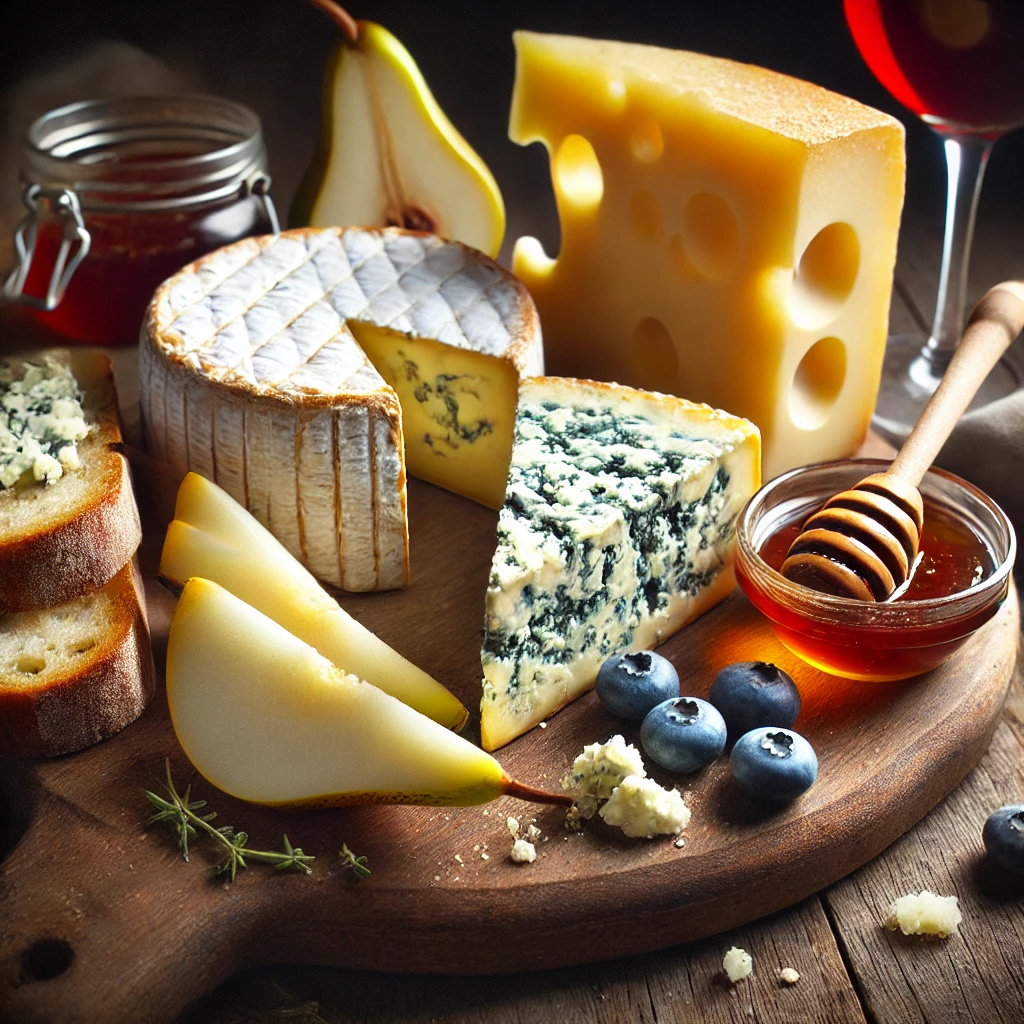
Comté
Comté is one of the oldest French cheeses, originating from the Jura region. This hard cheese is celebrated for its complex flavors—nutty, sweet, and sometimes earthy, which evolve with age. Comté’s texture is firm yet supple, ideal for grating over dishes, or enjoying as is with a variety of charcuterie. Aged varieties develop crystalline textures and deeper, caramelized flavors.
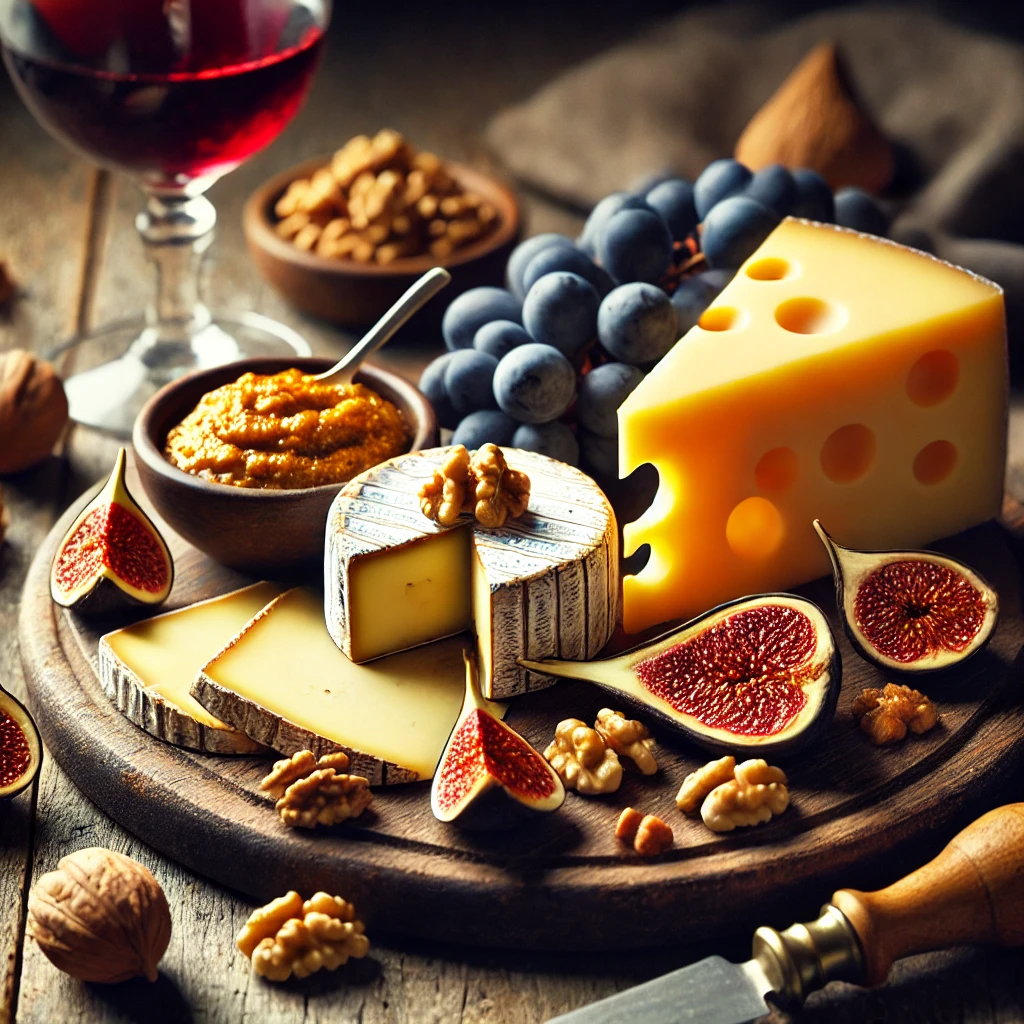
Chevre
Chevre, French for goat cheese, varies widely in flavor and texture. Fresh Chevre is soft, spreadable, and has a tangy, earthy flavor. It is often rolled in herbs or ash, enhancing its visual appeal and taste. Aged goat cheeses develop more complexity, firming up and acquiring stronger, more assertive flavors. Chevre is versatile and can be crumbled over salads, melted into sauces, or served with fruits and light wines.
These iconic French cheeses offer a glimpse into the country’s rich gastronomic heritage. Each fromagerie provides a treasure trove of flavors and textures, waiting to be explored and savored.
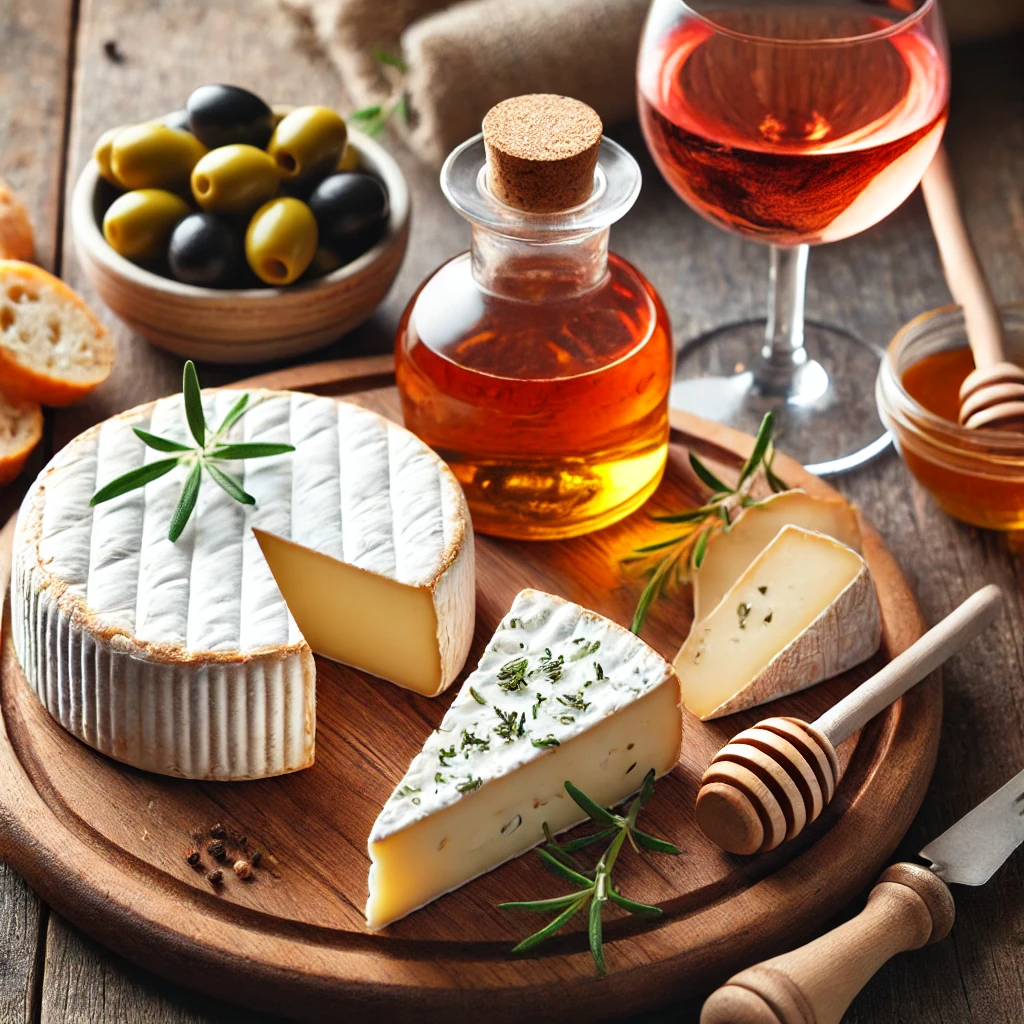
The Importance of Terroir in French Cheese
The concept of terroir is paramount in understanding the distinct characteristics of French cheese. Terroir encompasses the unique environmental factors that significantly influence the flavor, texture, and overall quality of cheese. These factors include climate, soil composition, and the specific types of pastureland available for grazing. Each region in France boasts its own combination of these elements, contributing to the rich diversity of French cheese varieties.
Climate plays a pivotal role: cheeses produced in cooler, temperate regions will differ markedly from those in warmer, Mediterranean climates. This variation in temperature and humidity can affect the milk’s composition, which in turn impacts the aging process and flavor profile. For instance, cheeses like Comté come from the Jura Mountains’ cooler climate, resulting in a firm texture and a nutty, well-developed flavor. On the other hand, the Mediterranean climate influences the production of creamy, fresh cheeses like Pélardon.
Soil composition is another crucial factor. The mineral content of the soil where dairy animals graze directly affects the milk they produce and, subsequently, the cheese. Rich, diverse pastures contribute to the depth and complexity of flavor found in the final product. The lush, mineral-rich soils of regions like Auvergne lend themselves to the creation of renowned cheeses such as Bleu d’Auvergne, noted for its spicy and tangy blue veins.
Pastureland and the specific grasses and herbs consumed by livestock are integral to the concept of terroir. In Normandy, for example, cows graze on verdant, herb-rich pasturelands, contributing to the distinctive, creamy texture and buttery taste of Camembert. These elements are carefully controlled and protected under the AOP (Appellation d’Origine Protégée) certification, which ensures that only cheeses produced in designated regions using traditional methods can bear these prestigious titles.
Regions across France, such as the Loire Valley, Alsace, and Provence, each boast unique combinations of terroir factors contributing to the vast array of French cheeses. These distinctive environmental influences endow each cheese with its own unique character, making French cheese a cherished and inimitable culinary treasure.
Pairing French Cheeses with Wine and Other Accompaniments
Pairing French cheese with wine is an art that elevates the tasting experience, bringing out nuanced flavors and textures that may not be immediately apparent. The quintessential combination for cheese enthusiasts, the myriad varieties of French cheese—ranging from creamy Bries to robust Roqueforts—meld well with different wines and traditional accompaniments. Understanding these pairings can enhance both your appreciation and enjoyment of French cheese.
A classic pairing involves Brie and Champagne. The creamy texture and mild flavor of Brie are perfectly complemented by the crisp acidity and subtle effervescence of Champagne, creating a balanced and refreshing palate. Similarly, a full-bodied Bordeaux pairs exquisitely with Comté, a nutty, semi-hard cheese. The tannins in the wine counteract the rich texture of the cheese, providing a harmonious balance.
For blue cheese lovers, Roquefort paired with Sauternes, a sweet dessert wine, is a match made in heaven. The salty, tangy flavor of Roquefort melts into the honeyed sweetness of Sauternes, offering a complex and delightful taste experience. On the milder side, Chèvre, made from goat’s milk, pairs wonderfully with a Sauvignon Blanc. The wine’s high acidity and citrus notes cut through the tangy aspect of Chèvre, making each bite and sip exciting.
Beyond wine, various traditional accompaniments enhance the sensory pleasure of French cheese. Fruits like figs, apples, and pears add a sweet contrast to the savory elements of the cheese. Nuts, such as walnuts and almonds, contribute texture and an earthy flavor. Fresh, crusty French bread or thin, crisp crackers provide the perfect base for slicing and enjoying the cheese. Additionally, charcuterie, like dry-cured ham and salami, offers a meaty balance to the creaminess or firmness of different cheeses.
In essence, the interplay of complementary textures and flavors lies at the heart of pairing French cheeses. Experimenting with different combinations, including your choice of wines and accompaniments, can lead to many gratifying culinary discoveries.

Serving and Storing French Cheese
Ensuring the optimum taste and longevity of French cheese relies heavily on proper serving and storing practices. These practices reflect the connoisseur’s appreciation for the nuanced flavors and textures of these iconic fromages. To begin with, the temperature plays a crucial role. French cheese should be stored in a cool environment, ideally between 4-7°C (39-45°F). This helps in preserving the integrity of the cheese while preventing any undesirable mold or bacterial growth.
When it is time to enjoy the cheese, it is imperative to remove it from refrigeration around 30-60 minutes before serving. Allowing French cheeses to reach room temperature brings out their full flavor potential. This practice is essential for a gamut of French cheeses, whether it’s the creamy Brie, the bold Roquefort, or the tangy Chèvre.
Proper slicing techniques also contribute to an enhanced tasting experience. For softer cheeses like Brie or Camembert, a thin, double-edged knife or a cheese wire is recommended to maintain the integrity of the texture. Firmer cheeses, such as Comté and Gruyère, can be sliced with a sharper knife, preferably one that has a flat, wide blade for precise cuts.
When it comes to storage, the use of cheese domes or breathable cheese wraps is advisable. Cheese domes provide a stable microenvironment that protects the cheese from drying out while still allowing it to breathe. Similarly, breathable cheese wraps, often made with a combination of paper and wax, ensure that excess moisture doesn’t build up, which can negatively impact flavor and texture.
Arranging a traditional French cheese platter is an art. A connoisseur would place the cheeses in a clockwise direction, starting from the mildest to the strongest. Accompanying elements like fresh fruits, nuts, and crusty French bread can complement the cheeses, enhancing the tasting experience. A well-composed cheese platter not only delights the palate but also pays homage to the rich heritage of French cheese-making.
Exploring French Cheese Regions: A Culinary Journey
France, often regarded as the epicenter of cheese, boasts a rich tapestry of regions, each contributing uniquely to its celebrated cheese culture. These regions, with their distinct climates, terroirs, and traditions, offer an extraordinary variety of cheeses that have not only shaped French cuisine but also attracted connoisseurs from around the world. Embarking on a culinary journey through these regions is akin to delving into the essence of French heritage.
Normandy, a verdant landscape replete with lush pastures, is renowned for its creamy and aromatic cheeses. The region’s signature cheese, Camembert, stands as a testament to Normandy’s dairy excellence. Brie de Meaux, another celebrated cheese from this area, offers a delicate yet complex flavor profile that has captivated cheese lovers for centuries. Visitors to Normandy can immerse themselves in the cheese-making process at local dairies and explore notable events such as the Camembert Festival, which showcases the region’s dairy craftsmanship.
In the sun-drenched region of Provence, goat cheeses like Banon are the stars. Wrapped in chestnut leaves, Banon exhibits the nuanced flavors of the Provençal herbs and flowers that the goats graze on. This region also features a vibrant market culture where local fromagers proudly display their exquisite creations. Provence’s mild climate and picturesque landscapes make it a perfect travel itinerary for those seeking to explore the heart of French gastronomy.
Alsace, with its Germanic influence, offers a unique cheese experience. Munster, the region’s hallmark cheese, is distinguished by its robust, tangy flavor and aromatic qualities. Visiting Alsace isn’t complete without a trip to the Munster Cheese Festival, where the cheese takes center stage amid a backdrop of quaint villages and scenic vineyards. The region’s melding of French and German cheese-making traditions provides a distinctive culinary experience.
The Loire Valley, referred to as the “Garden of France,” is synonymous with its exceptional goat cheeses, such as Crottin de Chavignol and Valençay. These cheeses capture the essence of the idyllic Loire pastures. The region’s numerous châteaux and picturesque countryside further enrich the cheese-tasting journey. Events like “Cheese Day in Tours” offer a comprehensive exploration of the Loire Valley’s cheese heritage, making it an unmissable destination for cheese aficionados.
Each of these regions, with its unique offerings, invites cheese enthusiasts to not only taste but also to experience the diverse landscapes and rich cultural histories that make French cheese an unparalleled gastronomic delight.

